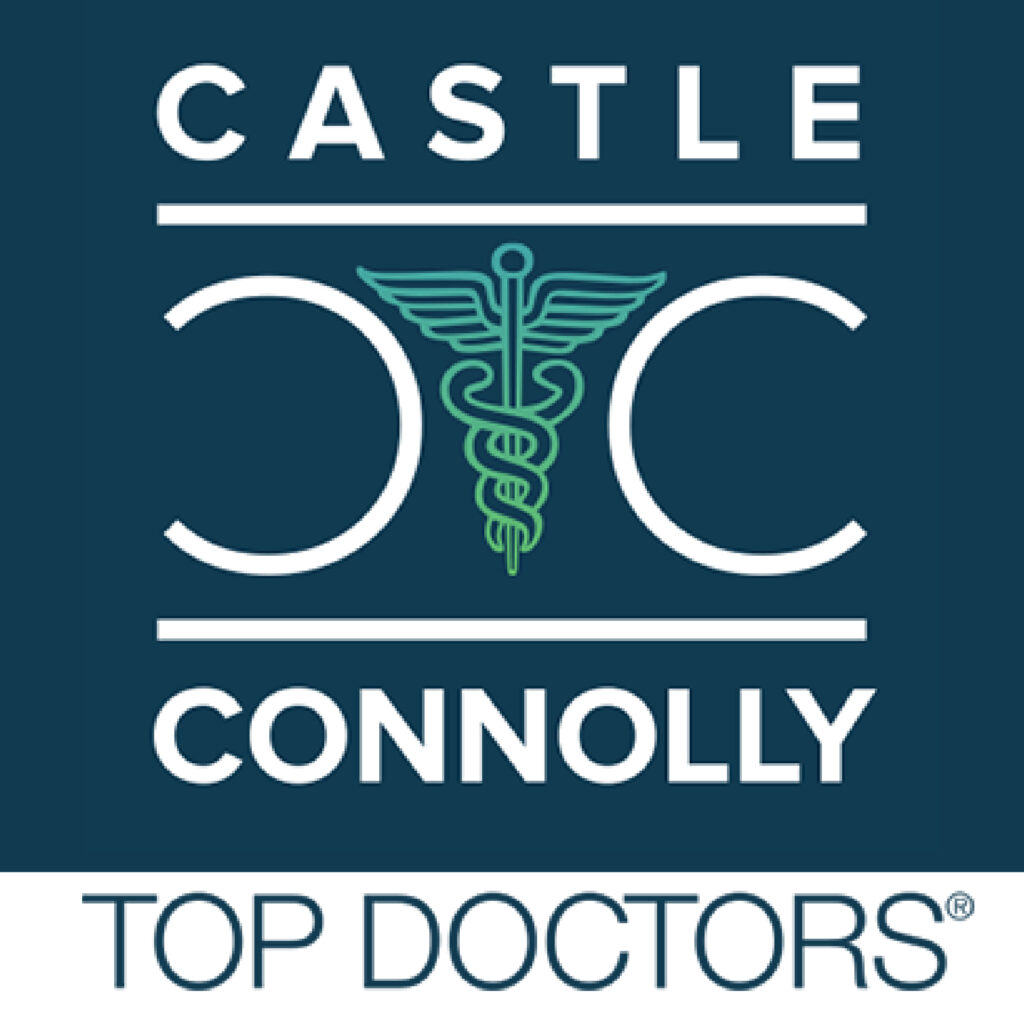For many with knee pain, it can be difficult to determine what are symptoms of soreness or overexertion and those symptoms that may indicate something more serious. Below is a helpful guide to determine when it may be time to have your knee examined by one of the orthopedic specialists at Total Orthopedics and Sports Medicine at one of our 5 locations throughout Long Island, Brooklyn and the Bronx.
1. Your Knee Catches or Locks Up
If you have catching or locking going from sitting to standing, or bending your knees, it may be a sign of cartilage degeneration in your kneecap or even a meniscal tear. Usually pain and locking is felt on the front of the knee when it is your kneecap and on either side of the knee when it is a meniscal tear. It is important to have this condition addressed as cartilage degeneration is progressive and can result in increased pain and weakness.
2. Your Knee Gives Out
The knee giving out, or buckling, is a nonspecific reflex of the quadriceps muscle that occurs when the knee is in a painful position and the quadriceps muscle releases causing the knee to buckle. Several conditions can cause the knee to give out and it is important to have the specific cause diagnosed by an orthopedic specialist to start the appropriate treatment for this painful condition.
One of the most common reasons this occurs is due to patellofemoral problems (problems between the knee cap and the thigh bone). In other cases, buckling of the knee can be caused by instability of the kneecap due to repeated dislocations of the kneecap. Another cause of buckling can be from instability caused by ligament injuries such as an ACL tear.
3. Pain is Radiating to the Back of Your Knee
Pain in the back of the knee can be something that happens immediately after a traumatic injury or something that progresses over time. The pain usually gets worse when walking, running, squatting or climbing stairs. Several conditions can cause this type of pain and include arthritic conditions, tears of the back of the meniscus or, in some cases, from a large Bakers Cyst that forms in the back of the knee.
Seeking Treatment for Knee Pain
Assessment by one of our awarded orthopedic surgeons can diagnose the problem causing the pain and tailor a treatment plan that is specific for the problem.
The awarded team at Total Orthopedics and Sports Medicine focuses on both the surgical and non-surgical treatment of bone, joint injuries, ligament and tendon injuries. Renowned experts Dr. Charles Ruotolo and Dr. Richard McCormack lead our Knee Team.
Fortunately, many patients can be treated non-surgically with a combination of conservative modalities coordinated by the Total Orthopedics and Sports Medicine Team. If surgery is necessary, the practice uses a multidisciplinary approach to create a treatment plan that focuses on the patient’s lifestyle and activities and helps them get back to those activities quickly and effectively. Total Orthopedics and Sports Medicine has locations throughout Long Island, Brooklyn and the Bronx.







 Website Design by
Website Design by